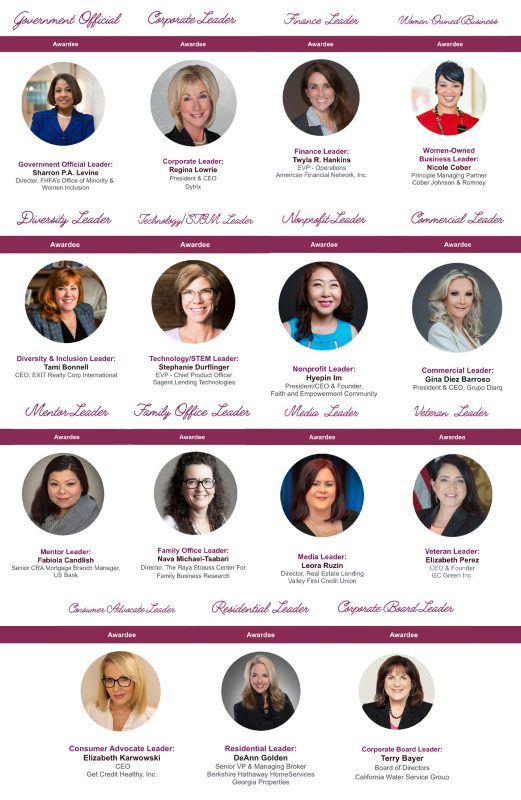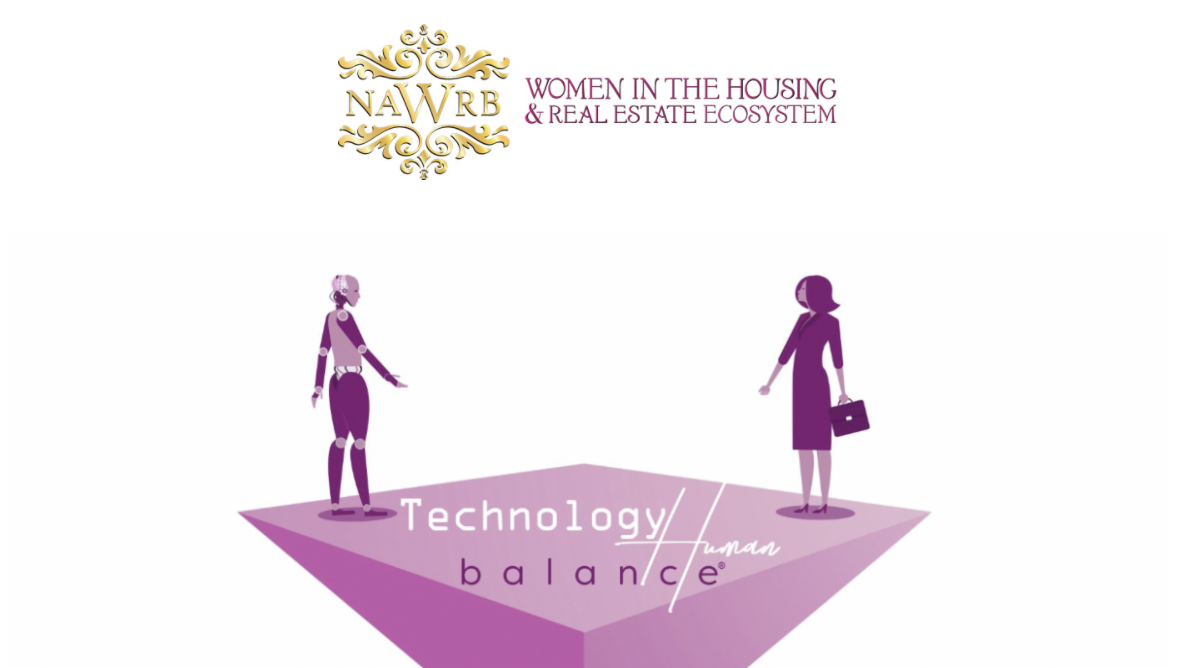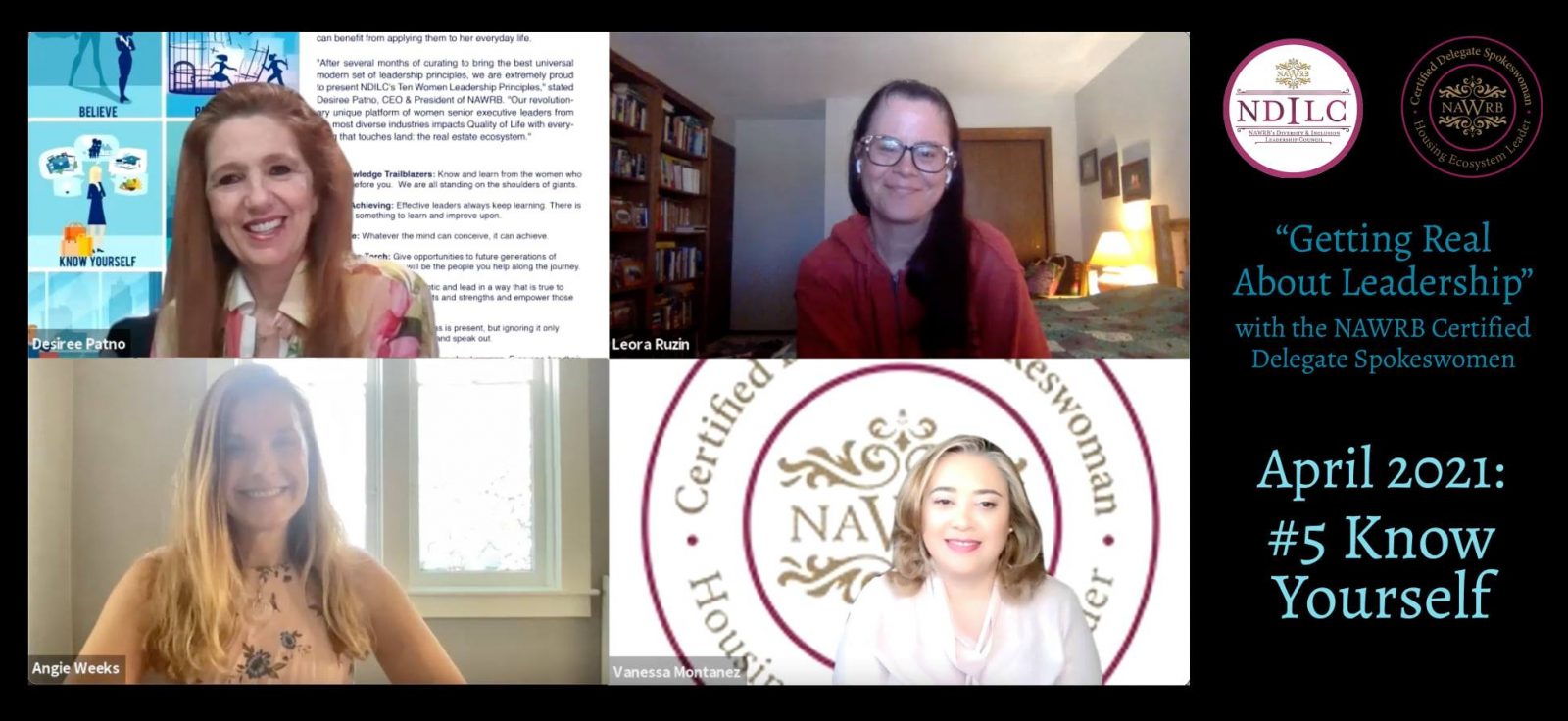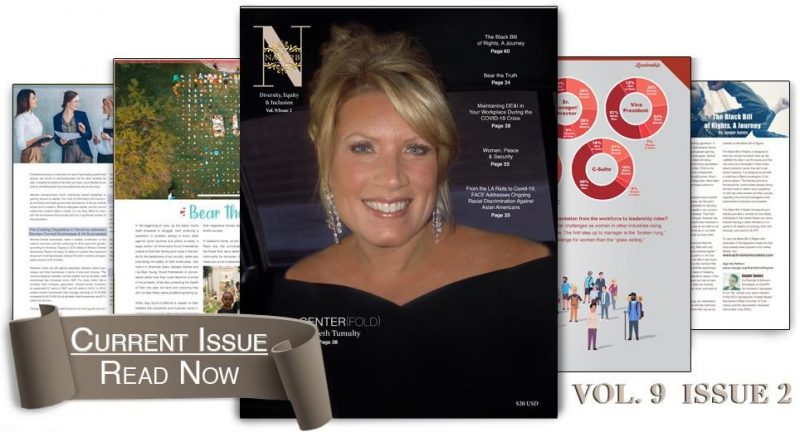The 2021 NAWRB Leadership Awards honor Women Leaders in the Housing & Real Estate Ecosystem who are utilizing their expertise and passion to break glass ceilings in the corporate world and facilitate the growth of their local communities. These women lead the pack in addressing issues affecting the community for greater social impact while inspiring others to reach their full potential. They are changing the game for women professionals and redefining what it means to be a leader.
Click Here to Nominate a Strong Woman Leader!
Leadership Award Categories:
- Government Official Leader
- Nonprofit Leader
- Board Leader
- Family Office Leader
- Diversity & Inclusion Leader
- STEM Leader
- Finance Leader
- Women-Owned Business Leader
- Consumer Advocate Leader
- Residential Leader
- Corporate Leader
- Commercial Leader
- Media Leader
- Veteran Leader
- Mentor Leader
Technology Human Balance®
This year’s award theme is Technology Human Balance® as we recently marked one year since our transition to the realm of digital interfaces and virtual work. Although the pandemic affected everyone worldwide, these women leaders showed tenacity, adaptability, and strong leadership through it all!
Submission Deadline: June 30th, 2021
Check out 2020’s NAWRB Leadership Award Winners!

Nominate a Strong Woman Leader!

 Login
Login


























